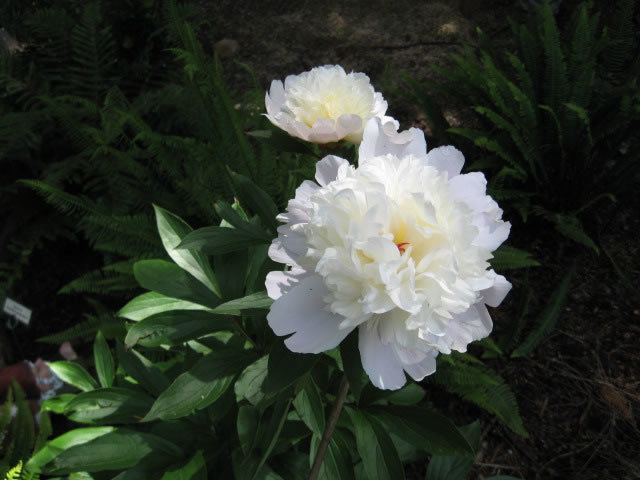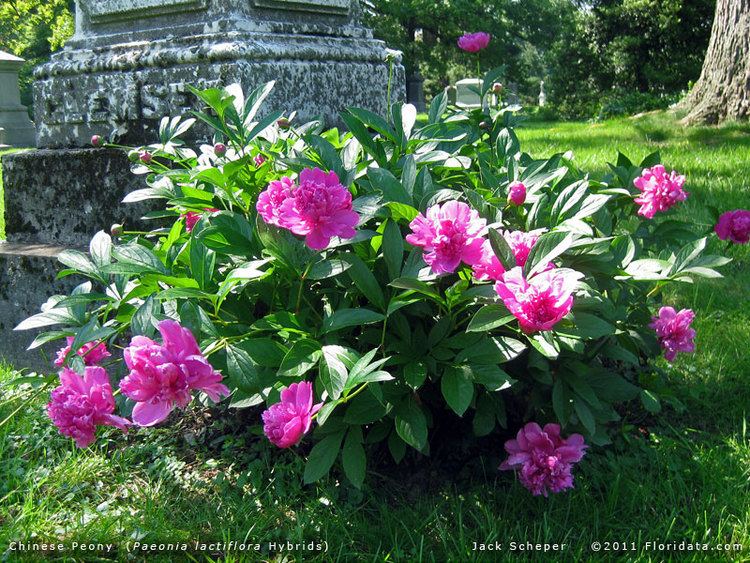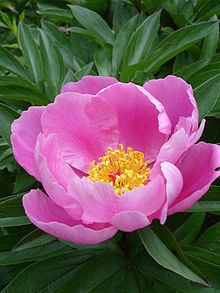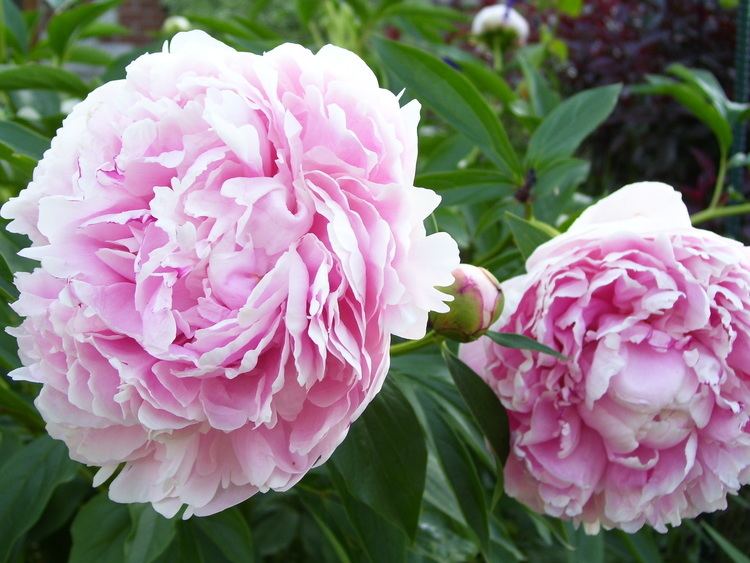Family Paeoniaceae Scientific name Paeonia lactiflora Rank Species | Genus Paeonia Higher classification Paeonia sect. Paeonia | |
Similar Moutan peony, Peony, Glycyrrhiza uralensis, Rehmannia glutinosa, Female ginseng | ||
Paeonia lactiflora lady alexandra duff
Paeonia lactiflora (Chinese peony or common garden peony) is a species of herbaceous perennial flowering plant in the family Paeoniaceae, native to central and eastern Asia from eastern Tibet across northern China to eastern Siberia.
Contents
- Paeonia lactiflora lady alexandra duff
- Jardinage paeonia lactiflora pivoine celebrity plante vivace
- Description
- Background
- Chemistry
- Phenolic compounds
- References

Jardinage paeonia lactiflora pivoine celebrity plante vivace
Description
It is 50–70 cm (20–28 in) tall and broad, with 9-lobed leaves 20–40 cm (8–16 in) long.

The flower buds appear in late spring (May in the Northern Hemisphere). They are large and round, opening into fragrant, cup- or bowl-shaped flowers 8–16 cm (3–6 in) in diameter, with 5-10 white, pink, or crimson petals and yellow stamens.
Background

P. lactiflora was known as the white peony (P. albiflora) when first introduced into Europe. It was brought to England in the mid-18th century, and is the parent of most modern varieties. There are several hundred selected cultivars in a range of colours, sizes and forms; many have double flowers, with the stamens modified into additional petals. There are many colors now available, from pure milk white, to pink, rose, and near red, along with single to fully double forms. They are prolific bloomers, and have become the main source of peonies for the cut flower business.

In China P. lactiflora is less highly valued as an ornamental plant than the cultivars of tree peony Paeonia rockii (tree peony) and Paeonia suffruticosa.
The following cultivars have gained the Royal Horticultural Society's Award of Garden Merit:-

Chemistry
The leaves of many cultivars are high in oleanolic and ursolic acid.
Phenolic compounds
Cis-epsilon-viniferin, trans-resveratrol, trans-resveratrol-4'-O-beta-D-glucopyranoside, trans-epsilon-viniferin, gnetin H, and suffruticosol A, B and paeoniflorin esters can be found in P. lactiflora.
Petals color is dependent on a UDP-glucose: Flavonoid 5-O-glucosyltransferase expressing anthocyanins such as peonidin-3,5-di-O-glucoside, pelargonidin-3,5-di-O-glucoside, cyanidin-3,5-di-O-glucoside, peonidin-3-O-glucoside, cyanidin-3-O-glucoside, peonidin-3-O-glucoside-5-O-arabinoside, cyanidin-3-O-glucoside-5-O-galactoside and pelargonidin-3-O-glucoside-5-O-galactoside.
